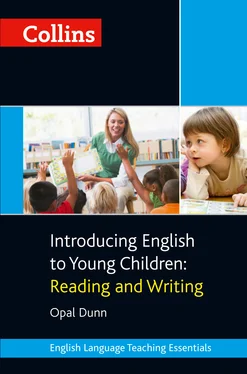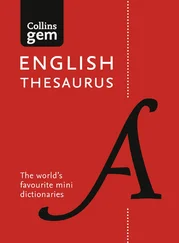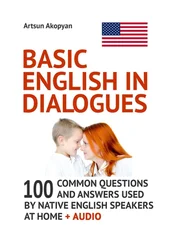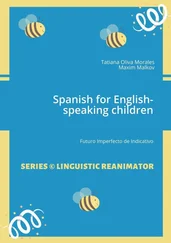2.5 Motivation and emotional literacy
Motivation is the most important factor in determining whether you succeed in the long run. What I mean by motivation is not only the desire to achieve, but also the love of learning, the love of challenge and the ability to thrive on obstacles. These are the greatest gifts we can give our students .
(Dweck)
Children need to be motivated if they are to continue to self-educate at their own pace and find meaning through self-discovery. They now understands new concepts, with adults mediating less and less, but need to be stimulated to use their self-language-learning strategies to acquire, understand and eventually use a wider range of spoken English.
To motivate we need to arouse curiosity in children. Curiosity is aroused by seeing something new, or something different from what they expected. This arouses their interest to find more out about it. Children have an internal need for consistency, and they look for things to fit into their cognitive map of understanding. When something does not fit in, it causes tension or ‘cognitive dissonance’, which innately drives them to find out more so they can resolve the inconsistency and fit the new information into their thinking. During this process children are focusing, exploring and learning at a deep level, which researchers liken to a ‘flow’ experience (see 1.5). Highly curious people show openness to new ideas, as well as an innate drive to examine and learn, and therefore expand their own cognitive map.
I have no special talents. I am only passionately curious .
(Einstein)
Motivation and ‘emotional literacy’ are closely linked, and together help to create the ‘feel-good factor’ which is vital for self-learning. Goleman talks about emotional literacy as being the ability to experience and manage emotions positively, as well as recognise emotions in others and show empathy. If children of this age are not yet emotionally literate, it can be difficult to motivate them – and if they are not motivated, little or no self-acquisition of English can occur.
A child with little emotional literacy still finds the following activities difficult: working in pairs, group discussions, persuading, leading. Young children want and need to feel liked by other children in the class if they are to feel good.
Motivation can be thought of as ‘intrinsic’, where children motivate themselves , and ‘extrinsic’ where motivation comes from outside (with the teacher igniting it by setting the scene for an enabling activity).
It is accepted that the emotional mind can override the rational mind .
(Anon)
To start to manage their emotions, children need to:
feel physically secure and safe within the classroom
feel the teacher understands and recognises their emotions
know the classroom routine, so they can predict the next activity
know some basic English to talk about their emotions
know how to read emotions in others (children and adults).
Children need to be able to describe their emotions and thoughts in English if they are to develop a sense of well-being. If they have no simple vocabulary in English to express their emotions and thoughts, they may hide them or resort to talking about them in L1. If the teacher is not bilingual, he or she may not be able to understand unless another child is able to translate, or a parent tells the teacher. Words for feelings and thoughts can be picked up from teacher-talk – this can be in the form of teacher modelling, or from a planned game that introduces basic feelings in a context which children understand.
Children are constantly watching behaviour and learning how to show and handle their emotions through modelling and mirroring the teacher and other adults, as well as other children close to them. Consider this example:
Discussing feelings
The teacher introduces words for describing emotions by cutting out cardboard face shapes and sticking them onto short sticks. Each cardboard face shape has a different facial expression drawn on it: a sad face, a happy face, a surprised face, an angry face, etc.
The teacher shows the faces and asks the children to say how each face feels. The children learn to say He’s happy . or She’s angry . etc. They also learn to answer the question Are you happy? with Yes, I’m happy . or No, I’m sad .
The teacher then plays a game with the children, calling out words to do with feelings and children have to choose the cardboard face that matches the word.
Good relationships with teachers and peers contribute to enjoyment. The teacher needs to include enabling activities in which children can work together. Children learn more from other children than from adults, since they are similar to themselves and easier to copy. However, they are constantly watching adults’ behaviour and learning from it how to manage their emotions.
Emotions, and the way we show them to those around us, are culturally linked. Teachers should be aware, for example, that in some cultures a smile or laughter can cover up embarrassment or may be thought of as rude or inappropriate behaviour in class. In some L1 classrooms teachers may not expect children to show their emotions, so children have to be reassured that talking about feelings is normal and acceptable in the English classroom.
Within different cultures the use of silence, facial expressions, laughter and body language varies, and this should be carefully considered by teachers if they are to teach holistically – that is, to help the whole child mature.
When thinking about the emotional development of children, teachers need to include activities that help them begin to balance their emotions, such as using co-reading picture books that can be discussed together as a class. Free play, including book browsing, also helps children to self-manage their emotions. This is evident in the case of children (often boys) who like to learn to read through science books or books about their favourite imaginary superheroes.
Children need a rich language environment if they are to acquire language to their full potential and feel motivated. Motivation depends on the teacher’s choice of structured enabling activities, appropriate to the interests and maturity of the children.
2.6 Monitoring and assessing
Regular assessing analyses the efficacy of activities and the teaching programme, as well as recording progress and highlighting the need for repetition and review. It is through regular assessment that teachers remain closely tuned-in to each child.
Children need to know that the teacher wants them to respond in English. To be responsive, they need to have no fear of making mistakes and need to be aware that mistakes can be used as an opportunity for learning. Children also need to know that the teacher understands risk-taking, and that he or she welcomes new suggestions and gives praise for effort. If children know that the teacher’s response will always be positive, welcoming and encouraging, they will feel secure and begin to be responsive and show initiative. This is the best way for children to achieve their full potential in English.
As the child becomes more independent and confident, and more capable of taking responsibility in the classroom, the child–teacher relationship evolves into one of friendly, mutual respect. The child feels he or she can rely on the teacher to show personal understanding, listen to interests, welcome creative ideas and encourage efforts.
The only good kind of instruction is that which marches ahead of development and leads it .
Читать дальше












